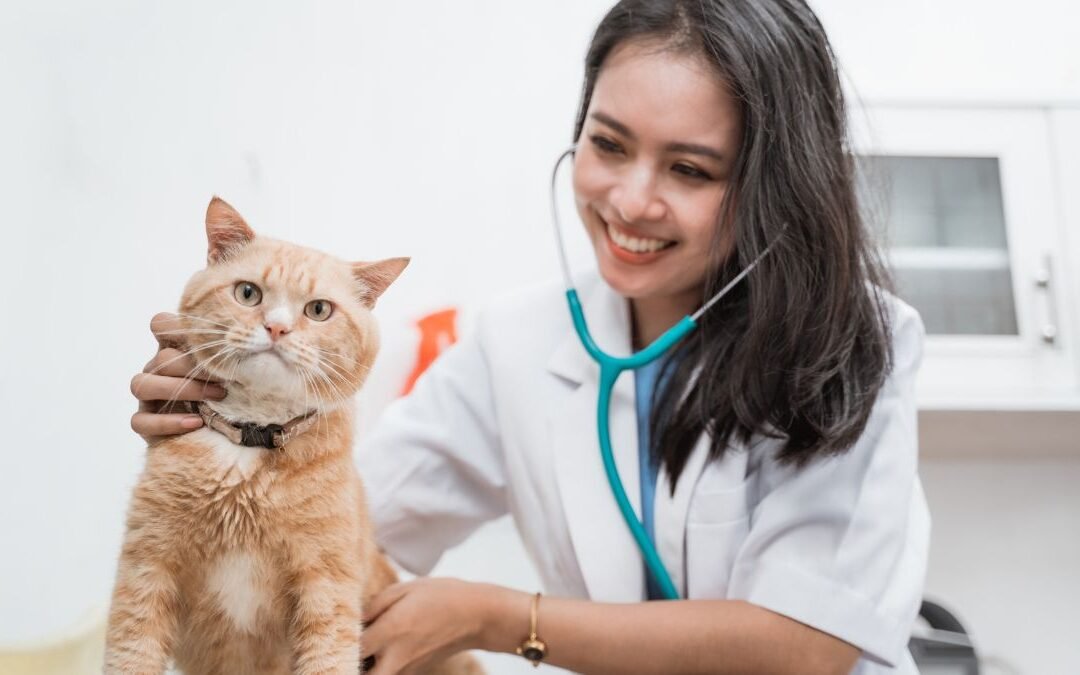Signing up for pet insurance for cats is only the first step in protecting your feline companion. What many owners don’t realize is that the real test of your policy comes later—during renewal. Each year, your coverage is reassessed, and while some changes may be minor, others can significantly affect both your budget and your cat’s access to care. Premiums may rise, exclusions may be added, and coverage limits can shift. Understanding how cat insurance renewal works is the difference between being caught off guard and staying confidently prepared.
What Renewal Really Means
Renewal is simply the continuation of your policy after its term ends, usually one year. Most insurers auto-renew, but that doesn’t mean your terms stay the same. At renewal, your provider may adjust:
- Monthly premium
- Deductible
- Reimbursement rate
- Coverage limits
- Exclusions or eligibility rules
For insurers, renewal is a chance to reassess risk. For you, it’s a chance to decide whether your plan still fits your cat’s needs—or whether it’s time to make a change.
Is Renewal Automatic?
In most cases, yes. Unless you cancel, your cat insurance will roll over automatically. But don’t mistake automatic renewal for automatic stability. Insurers typically send a notice 30–60 days before your policy renews. That’s your window to review changes, ask questions, and, if needed, shop around. Ignore it, and you could find yourself locked into higher premiums or new exclusions without realizing it.
Why Premiums Often Rise
The most common surprise at renewal is a premium increase. Here’s why it happens:
1. Age-Based Adjustments
As cats age, their risk of illness or injury rises. Insurers reflect that risk by raising premiums incrementally each year.
2. Claims History
If you’ve filed frequent or high-value claims, some providers may increase your premium or adjust coverage. Not all companies penalize claims directly, but many factor them in at renewal.
3. Veterinary Inflation
Rising costs of medical equipment, medications, and veterinary services affect everyone. Even if you haven’t filed a claim, your premium may rise due to industry-wide inflation.
4. Breed-Specific Risks
If your cat’s breed is showing higher claim rates—such as heart conditions in Maine Coons or kidney issues in Persians—insurers may adjust premiums across the board for that category.
Other Changes to Watch For
Price isn’t the only thing that shifts at renewal. You may also see:
- Deductible increases: Some plans raise deductibles automatically as cats age.
- Coverage limits: Annual caps may be raised or lowered.
- Reimbursement rates: Adjustments may occur if your plan tier changes.
- Exclusions: New exclusions for chronic or breed-specific conditions can appear.
- Waiting periods: New riders or changes may come with fresh waiting periods.
This is why reading your renewal packet carefully is essential. Assuming nothing has changed can be a costly mistake.
How to Read Your Renewal Notice
When your renewal arrives, focus on these details:
- New monthly premium compared to last year
- Changes in deductible or reimbursement percentage
- Altered coverage caps or added exclusions
- Requests for updated health records or vet visits
If something looks off, call your provider. Many changes can be explained—or even negotiated—before your new term begins.
Switching Providers at Renewal
Yes, you can switch—but timing is critical. Most cat insurance plans have a waiting period for new illnesses. If you cancel before your new plan starts, your cat could be left unprotected. To avoid gaps:
- Confirm your new policy starts the day your old one ends
- Get written confirmation of coverage dates
- Check that conditions diagnosed under your old plan aren’t excluded
And remember: once you cancel, you can’t reinstate your old policy under the same terms.
Should You Accept Every Renewal?
Not always. If your premiums are rising faster than expected—or if your provider has a poor track record with claims—it may be time to compare options. Before switching, weigh these factors:
- Your cat’s age and health history
- The risk of pre-existing condition exclusions with new plans
- Comparable policies from at least two or three other companies
Sometimes, a simple adjustment—like raising your deductible or dropping optional riders—can make your current plan affordable again.
How to Secure Better Renewal Terms
While no insurer will freeze pricing forever, you can reduce volatility by:
- Enrolling your cat while young and healthy
- Choosing plans with fixed-rate or lifetime pricing (if available)
- Maintaining a clean payment and claim history
- Covering minor vet bills out of pocket to avoid unnecessary claims
It also helps to ask directly: “How does your company handle renewal pricing?” A transparent answer is a good sign of a trustworthy provider.
Chronic Conditions and Renewal
If your cat develops a chronic illness—like diabetes, arthritis, or kidney disease—continuous coverage becomes vital. Letting your policy lapse, even by accident, could mean losing coverage for that condition forever under a new plan. Always double-check your auto-renewal settings and keep your payment details current.
Renewal as a Strategic Moment
Pet insurance for cats renewal isn’t just a routine formality. It’s a strategic checkpoint—a chance to reassess your plan, renegotiate terms, or even switch providers if necessary. What you do during renewal shapes the next 12 months of your cat’s health coverage and your financial stability. Read every notice carefully, ask questions, and make choices that keep your cat protected without surprises. Because when it comes to cat insurance, renewal isn’t just paperwork—it’s peace of mind for the year ahead.
To learn more about choosing the right plan and preparing for renewal, visit our Cat Insurance FAQ page for detailed guidance.
